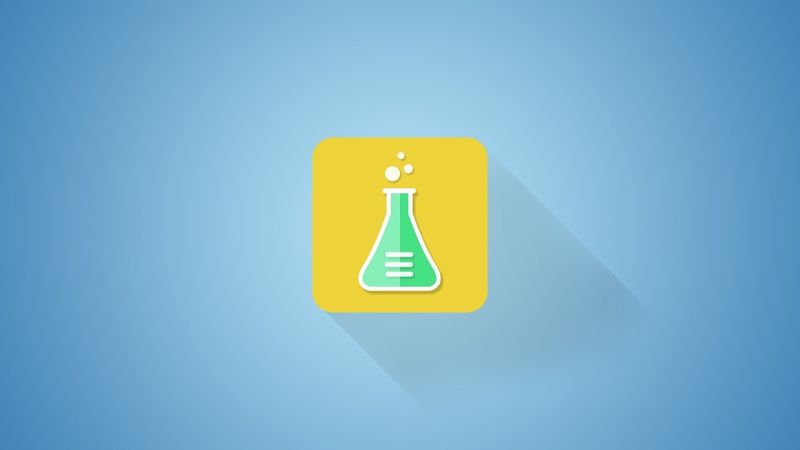Copper-coated Membrane Makes Drinking Water Safe
Published on by Water Network Research, Official research team of The Water Network in Academic
Researchers at the Indian Institute of Science (IISc) Bengaluru have developed a water-filter membrane with copper ions to make drinking water safe.
By R. Prasad

Image source: Pixabay
A team of researchers led by Prof. Suryasarathi Bose from the Department of Materials Engineering at IISc made the commonly used polyvinylidene fluoride (PVDF) water-filter membrane to prevent biofouling and kill bacteria. To do this they first made the inert PVDF membrane functional by blending it with a polymer (styrene maleic anhydride or SMA).
Though copper oxide is an excellent antibacterial agent, it can be toxic if the concentration of copper in the water exceeds 1.3 ppm (WHO standard). So the researchers coated copper oxide with a biocompatible polymer (polyphosphoester or PPE) for controlled release of copper ions. A porous gel-like structure of copper oxide coated with the polymer was used for coating the membrane. The polymer used for coating copper has anti-fouling property.
The SMA polymer coated on the membrane, which gets partially hydrolysed when in contact with water, interacts with the outer membrane of the bacteria to produce disc shaped structures. “It solubilises the membrane protein but does not kill bacteria. But the interaction with the bacterial cell membrane leads to release of a particular enzyme (phosphatase and/or phospholipase),” says Prof. Bose.
Bacterial effect
This enzyme released from the bacteria cleaves the polymer coating found on copper oxide resulting in controlled release of copper ions from the membrane into water. “In the absence of bacteria, the amount of copper ions released is 0.035 ppm at the end of three days and 0.13 ppm at the end of 30 days,” says Nagarajan Padmavathy from the Department of Materials Engineering at IISc and the first author of the paper.
But when water with very high concentration of bacteria (10,000 colony-forming units of bacteria per ml of water) was used, the amount of copper ions in water at the end of four hours was 1.6 ppm, which is more than the WHO limit. “At 1.6 ppm, the copper ions in water can be toxic,” says Prof. Bose.
But the ability of copper ions to kill bacteria found in high concentration was four orders of magnitude higher at the end of four hours. “The ability to kill bacteria is more than 98%,” says Padmavathy.
Read full article: The Hindu
Media
Taxonomy
- Drinking Water Security
- Treatment
- Membranes
- Membrane Filtration
- Drinking Water Managment
- Drinking Water
- water treatment
- Polymer Membranes